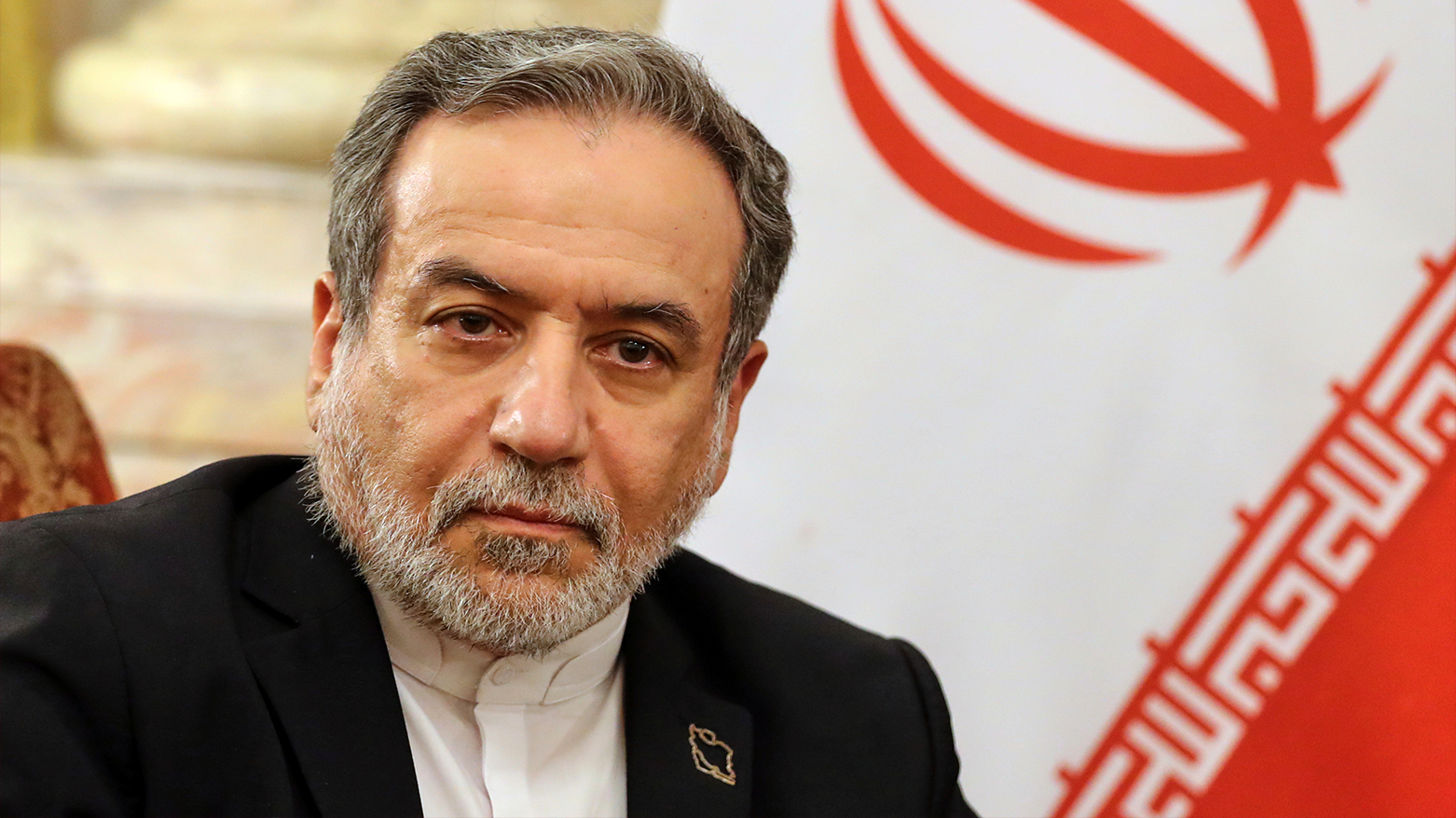Iran Says Enriched Nuclear Material Lies “Under Rubble” of Bombed Facilities
Iran says enriched nuclear material lies "under rubble" of bombed facilities, complicating IAEA access, and at the same time Tehran announces new conditional cooperation framework with the UN agency, warning it will end if sanctions are reimposed.

ERBIL (Kurdistan24) – Iranian Foreign Minister Abbas Araghchi revealed on Thursday that enriched nuclear material remains trapped “under the rubble” of facilities damaged during the recent war with Israel, as Tehran announced a new but conditional cooperation framework with the International Atomic Energy Agency (IAEA).
“All of our material is… under the rubble of the bombed facilities,” Araghchi said in a televised interview, noting that the Atomic Energy Organization of Iran is still assessing both the condition and accessibility of the uranium stockpile.
The minister underscored that no immediate steps are being taken at the targeted facilities, emphasizing environmental and safety concerns. “For now no action is taken until Iran carries out the necessary measures related to environmental and safety concerns,” he stated. “No inspections are currently on the agenda.”
Araghchi’s remarks came two days after Iran and the IAEA announced a new cooperation framework. Tehran had suspended ties with the agency after the 12-day war with Israel in June, during which Israeli and U.S. strikes damaged Iranian nuclear installations.
The foreign minister said the new agreement gives access to UN inspectors only after approval by Iran’s Supreme National Security Council, the country’s highest security body.
He clarified that the framework distinguishes between facilities bombed during the conflict and those left intact, such as the Bushehr reactor in southern Iran. “Access to undamaged facilities will be considered on a case-by-case basis by the Supreme National Security Council,” he explained, stressing that the bombed sites are far more “complicated.”
On Wednesday, IAEA Director-General Rafael Grossi described the new arrangement as covering “all facilities and installations in Iran” and providing “a clear understanding of the procedures for inspections.”
Grossi had previously warned in late June that the location of Iran’s enriched material was unknown following the Israeli strikes. According to the agency’s latest report, Iran held an estimated 440.9 kilograms of uranium enriched to up to 60 percent as of June 13, when the war began.
Uranium at 60 percent purity is technically below weapons-grade but dangerously close to the 90 percent enrichment required for atomic bombs.
The revelations come as Iran faces renewed international pressure. Britain, France, and Germany announced in late August that they had begun steps to reimpose UN sanctions that were lifted a decade ago under the 2015 nuclear deal, which has since collapsed.
The three European powers accused Iran of persistent non-compliance with its commitments and gave Tehran one month to negotiate before sanctions are reinstated.
Iran dismissed the move as “illegal.” On Thursday, Araghchi reiterated that if sanctions are reimposed, the new framework with the IAEA “will no longer be valid.”
Western governments have long accused Iran of seeking to develop an atomic weapon. Tehran has consistently rejected those claims, maintaining that its nuclear program is exclusively peaceful.
Still, the admission that enriched uranium remains buried beneath bombed facilities underscores both the vulnerability of Iran’s program to military strikes and the uncertainty now surrounding the fate of its nuclear stockpile.